The One-pot System
Remembering Bill and Igglis Graff and their influence on me
I did my undergraduate studies in Engineering at LeTourneau University, a small private Christian university about two hours east of Dallas in Longview, Texas. My experience there molded me in so many ways—as a person, an engineer, and an educator. I received an excellent engineering education, but the most significant part of my time at LeTourneau wasn’t the hours in class or lab. It was the relationships that surrounded them.
There are many meaningful relationships that were part of my time at LeTourneau, but none as significant as my friendship with Bill Graff and his wife Igglis. Last week I learned that Igglis recently passed away, joining Bill who passed in April of 2022. Today I want to share some memories of them with you and offer some reflections on how their love and care for me has had such a deep impact.
Bill gave me the opportunity to test my wings as a teacher. So much of who I am today is downstream of the opportunities and mentorship he offered me. In sharing his influence on me, I hope to honor his legacy, give you a peek under the hood of my origin story as an engineering professor, and provide some details about the roots of my core values.
The world needs more people like Bill and Igglis. It’s hard for me to overstate Bill's influence on me. He is, in so many ways, a model of the man, husband, and professor I want to be.
I miss him and Igglis dearly.
Pop Quizzes, Pedagogy & Partnership
By the time I arrived on campus in the fall of 2010, Bill had been on the faculty at LeTourneau for longer than I had been alive by more than a factor of two. I’d have to dig up my old course schedules to be sure, but I’m pretty sure that my very first class in undergrad was Electric Circuits 1 with Bill at 8:40 am on Monday, August 30th, 2010.
I don’t remember much from those early days of circuits except that I was a bit intimidated. Circuits I with Bill was no picnic. I had come in with some credits from high school so I jumped into circuits a year early. It was a great head start, but there I was, fresh off the boat as it were, sitting next to a bunch of sophomores. Bill had a reputation for somehow holding together deep kindness and extraordinarily high standards for work. This was the guy, after all, who had a t-shirt students had made for him with the line “I fight grade inflation!” emblazoned on the front. Truer words have never been spoken.
It didn’t take me long to fall in love with circuits. The content of circuits was interesting and engaging to me—learning how to analyze and build this stuff was cool—but I’m sure that Bill’s personality also had a lot to do with it too. In addition, the course was well designed in many ways I wouldn’t understand until much later when I saw it in retrospect as I began to teach my own classes.
I am thankful to have arrived on campus before Bill retired. Not only did I take classes from him, but Bill also fanned the flame of my love of teaching. After I took circuits in my first semester, one of the guys on my floor mentioned that the Supplemental Instruction (SI) program on campus was looking for an SI leader for circuits in the spring and was having trouble finding one. He suggested that I reach out and interview for the position. Long story short, I ended up teaching circuits as the SI leader for circuits that semester and every semester thereafter for the rest of my time at LeTourneau—I loved it!
Bill was a supportive mentor and intentionally looked for ways to nurture his students and their talents. After a few semesters of teaching circuits, I noticed a gap between what students took away from the material presented in lecture and the textbook and the actual problems they needed to solve. I decided to try to create something to address it. I distilled the material from my mini-review lectures that I would give at the beginning of my SI sessions into a series of tutorial-style problem-solving guides. My goal was to help students understand not only the theory of what was going on but also to visualize the step-by-step problem-solving process. After about a semester of work and some late weekend nights, I had the outline of my first “textbook” The Engineer’s Guide to Circuit Analysis.
While it was only about 50 pages long and the product of an eager and naïve undergraduate, Bill was my biggest cheerleader. He was gracious, kind, and encouraging. Looking back, I’m sure he saw the many holes in what I had built, but he identified the passion and energy beneath the surface and gave me the encouragement and confidence I needed to feel proud of what I had built. He went as far as to put me in contact with the folks at McGraw-Hill who helped me self-publish it.
I came out of the experience with a nice fifty-page, spiral-bound book that McGraw-Hill printed for me and an ISBN. For at least a semester or two, it was included as part of the course materials and was sold in the campus bookstore. In retrospect, it was a small thing, but it meant a lot to me. And it all came about because Bill was willing to breathe some oxygen on my fire, however small, and do what he could to encourage me in my nascent passion for teaching.
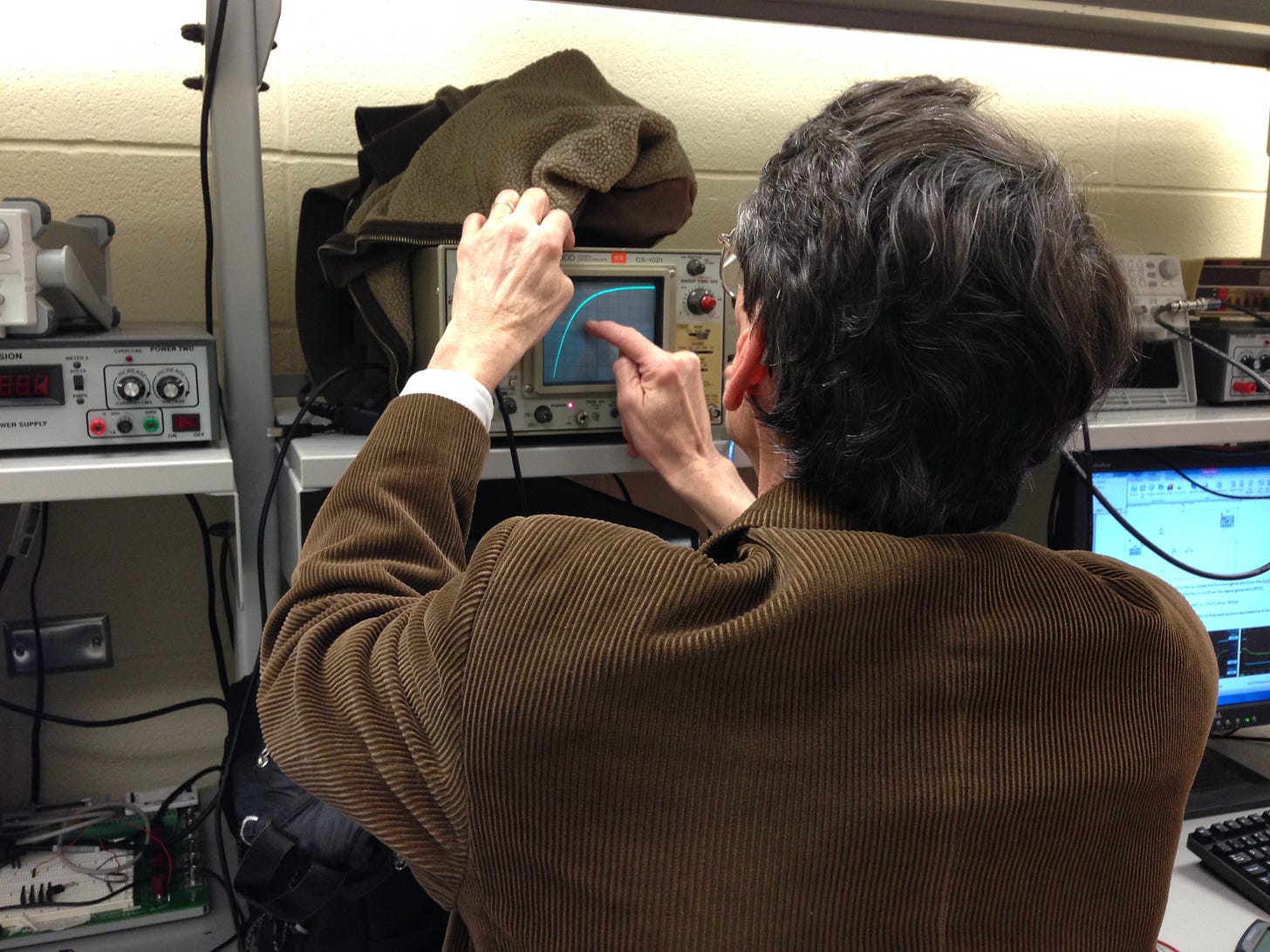
A year or so later Bill’s health had begun to decline and he neared retirement. Even his jet-black hair started to show some signs of graying. Even as he began to slow down a bit, he was still teaching at a reduced capacity. This was sometime around my junior year and I had enrolled in the 4+1 program at LeTourneau and was working on some dual-credit Master’s degree courses while finishing up my undergrad degree.
Bill invited me to help co-teach his upper-division course, Electronics Design Lab III (aka, ELab 3). In this role I got to work even more closely with Bill, discussing the course details and even getting to give a few lectures under his care and oversight. I look back so fondly on those times when Bill and I would be in lab together helping students to debug their circuits and work on their mini-labs.
I’m where I am today in large part because Bill believed in me and gave me the chance to try, fail, and try again under his care.
Beyond the classroom
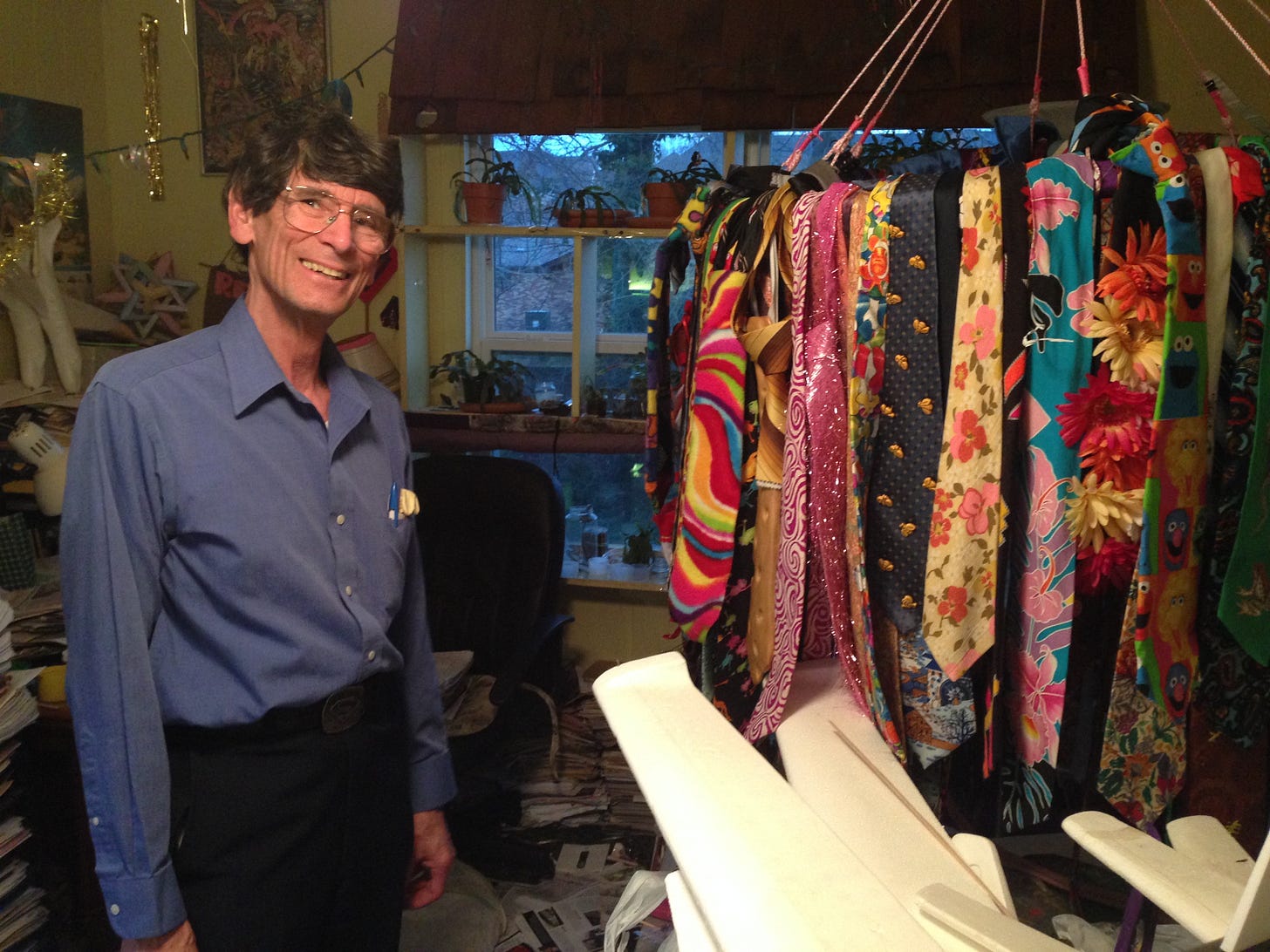
Bill loved his work as an engineering professor, but at the end of the day, it was about a lot more than the circuits. Bill’s care for students extended beyond the classroom. He would regularly invite students over to his house adjacent to campus to meet and discuss homework, eat dinner together, or discuss questions about science, faith, technology, and theology.
This is where I met his wife Igglis, lovingly known to us students as Mom Graff. Together they rubbed their pennies together to make their house a welcoming place for students far from home—somewhere you could come and remember the taste and experience of a home-cooked meal around a table with adults who cared deeply about you.
Of course, there is no way to remember Bill without remembering his deep Christian faith. It motivated everything he did. Many students’ first experience with Bill’s unique perspective on faith was through his class devotions. Every class at LeTourneau opens with a short devotional thought. Most professors would read a short passage of scripture or share a story from their journey as a Christian. Not Bill.
Bill’s devos were in a league of their own. They were scattered about on recycled punch cards; covered with notes, diagrams, and scripture verses scribbled in Bill’s chicken scratch. Whatever Bill’s legacy is as an engineering educator, these thought-provoking devotional lessons will surely outweigh any of his more traditional professional accomplishments as an academic.
Bill’s devos focused on exploring foundational questions about what it means to live a flourishing life, tying Biblical concepts together with engineering analogies. There were decision trees to illustrate the consequences of sin (the chicken wire diagram). Graphs of functions that when integrated demonstrated common ideas about the goodness of one’s life (the good-bad curve).
But, there is one devo that shaped me more than any other: the two-pot vs. one-pot system.
The one-pot system

In the dichotomous view of the two-pot system, the sacred and secular are separate and non-overlapping sets of activities. Spiritual activities like reading the Bible, prayer, and church attendance are squarely in the spiritual pot while the day-to-day activities of work, exercise, play, cooking, and cleaning the house are categorized as secular. Through this lens, the life of the faithful Christian is one of competition: try to spend as little time as possible doing “secular” things and as much time as possible praying, serving others, and meditating on scripture.
In stark contrast, the one-pot system rejects this false divide. Instead of looking to document our work on two separate ledgers, the all-encompassing lens of the one-pot system argues that everything we do is to be done to honor God. The one-pot system is Colossians 3:23-24 in its fullest interpretation: “Whatever you do, work at it with all your heart, as working for the Lord, not for human masters, since you know that you will receive an inheritance from the Lord as a reward. It is the Lord Christ you are serving.” Whatever you do means everything, not just the activities we deem to be spiritual or religious.
This changed my life. I was raised in a Christian household as a kid and came to understand my faith as my own more deeply as a teenager, but never before had I understood my life and work in this way. I had been seeing the world through the two-pot system without even realizing it.
My time at LeTourneau saw the early growth of this integration which has been bearing fruit in my life ever since. The one-pot system meant that the many hours I spent each week studying, working in the lab, and teaching were not in competition with living as a faithful Christian. Somehow, God saw fit to call me into partnership with him in my work, not just somehow in the moments between class or problem sets.
The richness of the one-pot system continues to help me to understand how to rightly view the many activities which demand my time and attention. The ever present tension between home, work, church, and leisure need not be seen as a zero-sum game. There is no divide between the sacred and secular. It’s all to be done to honor God by loving him and loving others.
As an electrical engineer who spent many years in graduate school studying optics, there are few concepts more beautiful to me than coherence. In short, coherence is about the synergistic combination of multiple individual contributions. Seeing the world as a one-pot system unlocks coherence. It is both deeply satisfying and liberating. It frees us from needing to agonize about how we divide our time and helps us to see that God can be present even (and maybe especially) in what we view as mundane.
As Dorothy Sayers summarizes in her essay Why Work?:
[W]ork is not, primarily, a thing one does to live, but the thing one lives to do. It is, or it should be, the full expression of the worker’s faculties, the thing in which he finds spiritual, mental and bodily satisfaction, and the medium in which he offers himself to God.
The question is not about what we do with our careers. It’s about how we faithfully partner with God in the places he calls us.
The first words of my Ph.D. thesis are from Sir Isaac Newton: “If I have seen further it is by standing on the shoulders of giants.”
My giants are many, but Bill is at the front of the line. See you later, dear friend.
The Book Nook
The devos started on punch cards but didn’t end there. A few years ago, Bill, along with help from several others, compiled his devotions into a book, Engineering Your Faith. In addition to the text of the devotions, Bill’s diagrams and figures were all redrawn in a consistent style throughout.
If you’re interested in exploring Bill’s devos more, I highly recommend you check it out. Makes a great Christmas gift too! Oh, and all proceeds go directly into the Dr. R. William Graff & Agnes Graff Endowed Scholarship.
The Professor Is In
This is the week! The students are in finish mode as they wrap up their final projects for E155. Demo day is on Friday and I hope to have some video to share with you next week about how the projects turn out.
Leisure Line

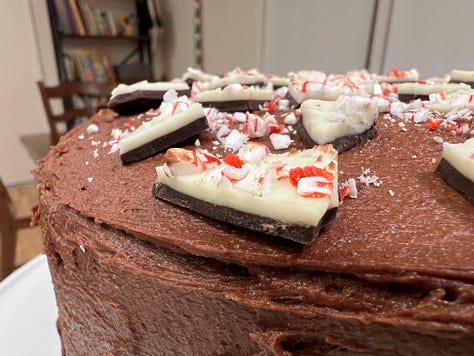

A few recent kitchen prototypes. First up, a chocolate layer cake from Sally’s Baking Addiction (crumbled peppermint bark on top was Abbey’s excellent idea). The second is another favorite, seriously soft molasses cookies. Just the beginning of the Christmas cookies around here.
Still Life
Back at the Los Angeles Arboretum Lightscape. Lots of new displays this year, but the classic cathedral of lights was still there.


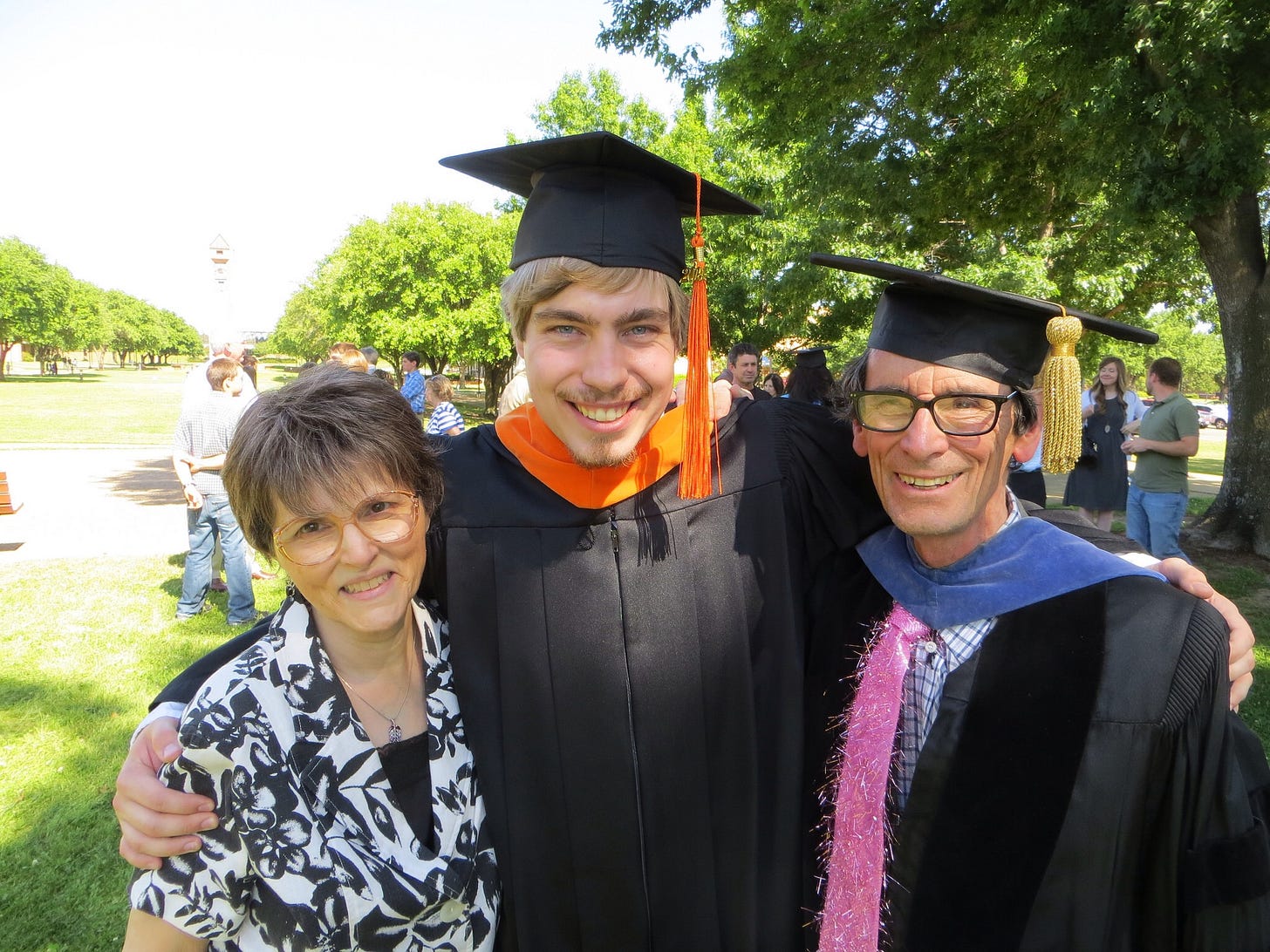

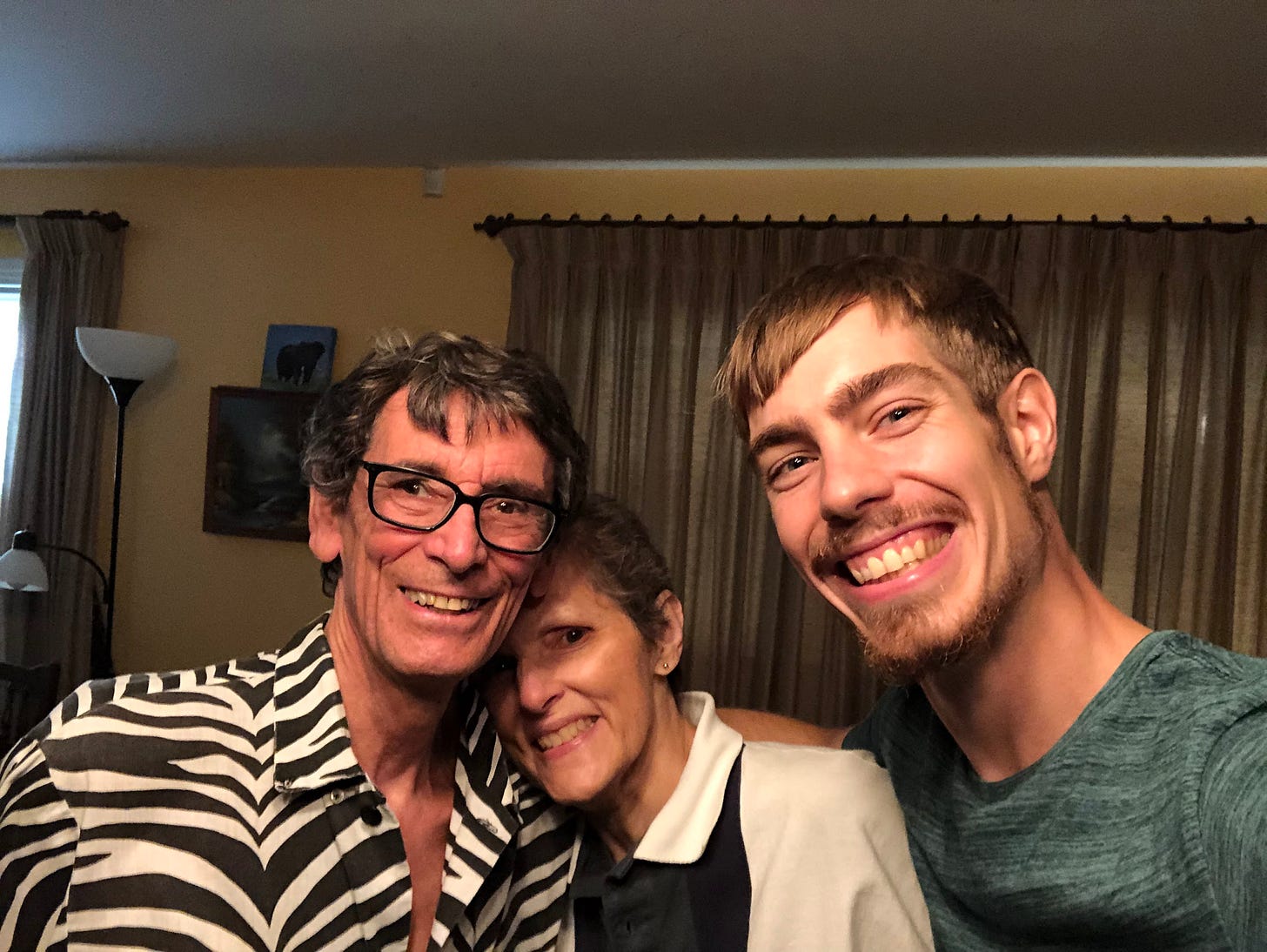


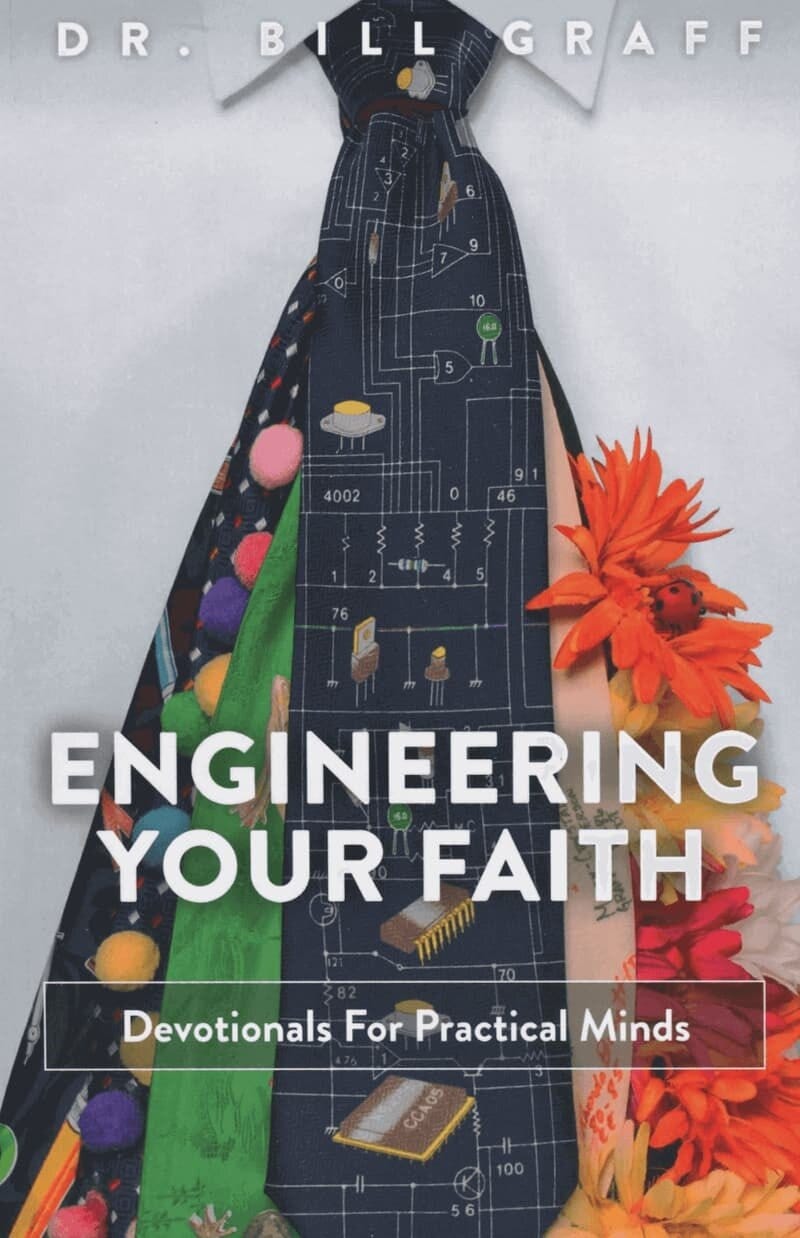
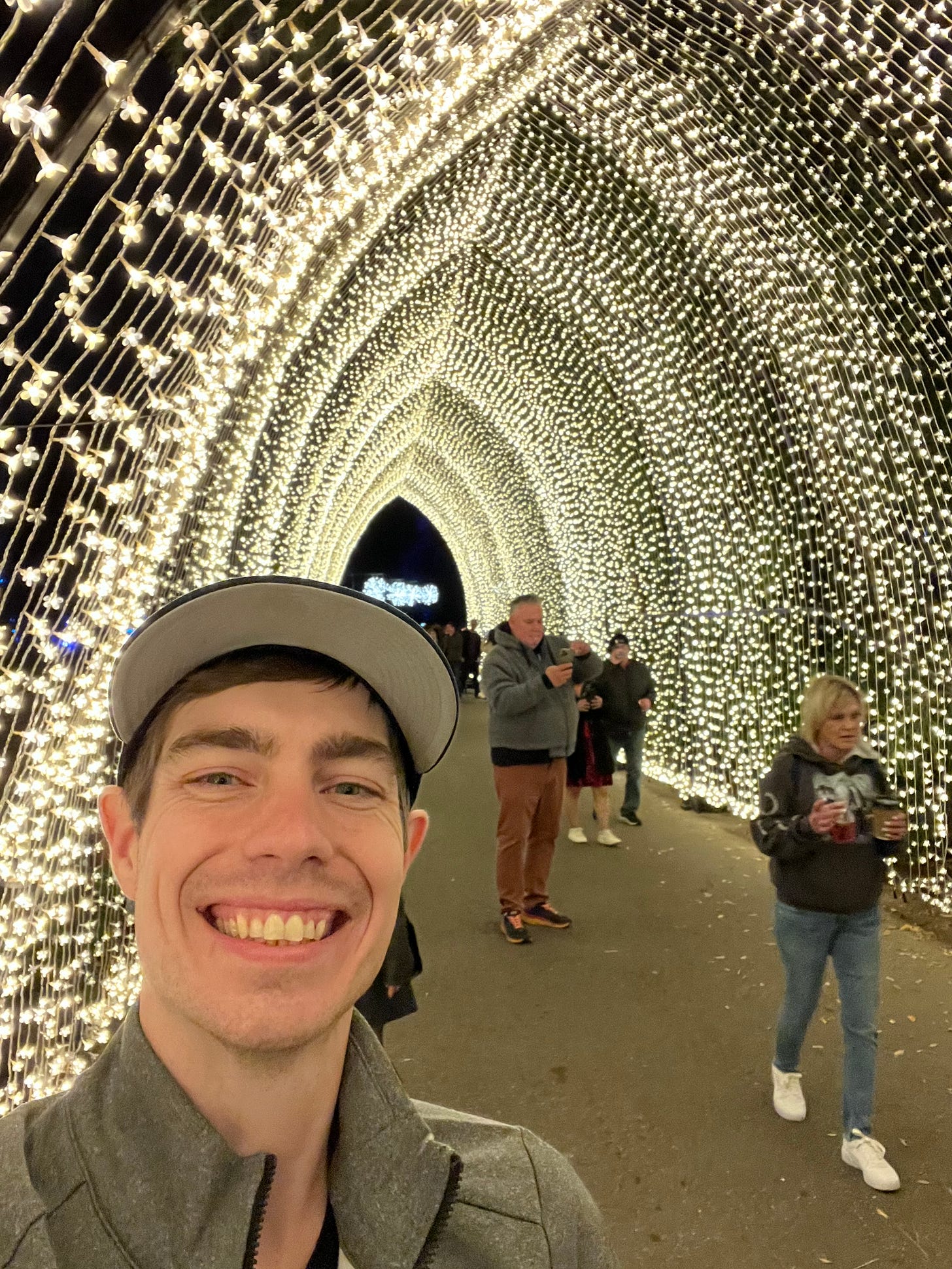
Dr. Graff made a huge and positive influence on so, so many students. Thanks for writing this.
Thank you for honoring my dad and mom. What sweet words to read.